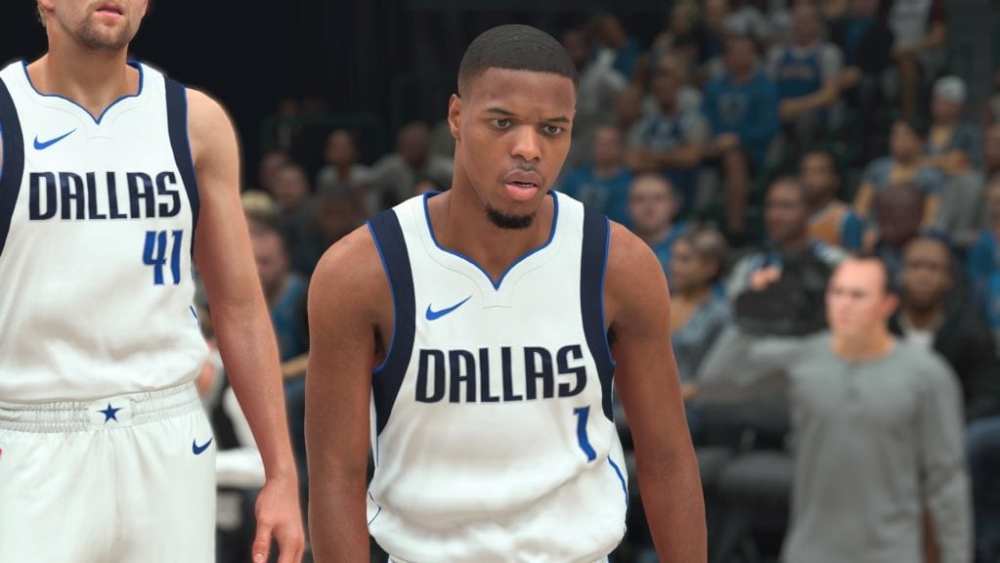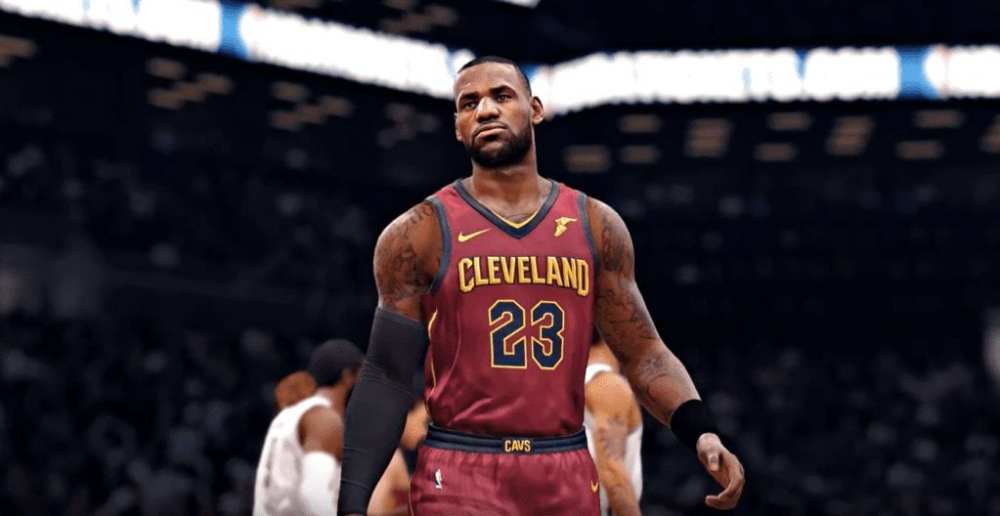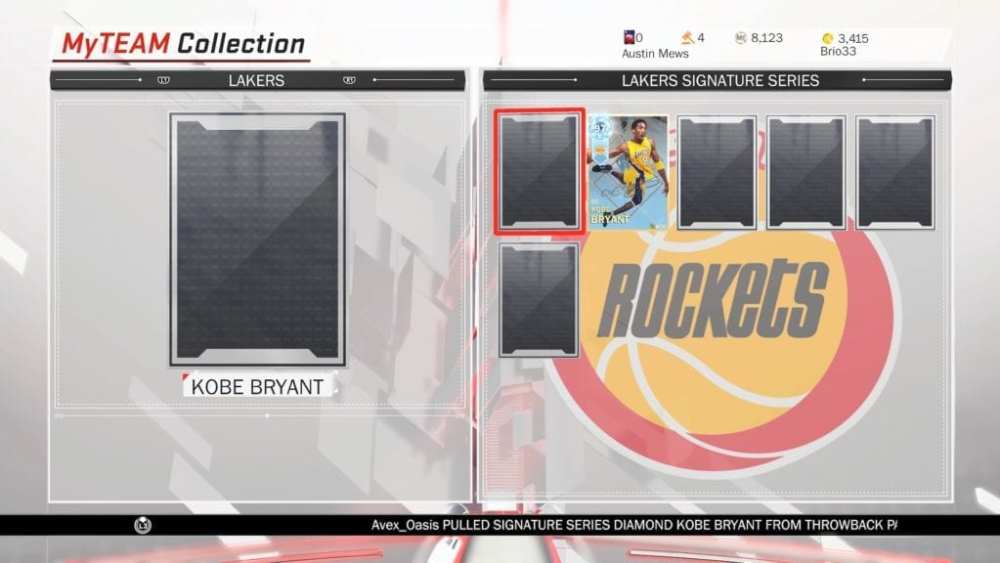The first sports video game I fell in love with was Bulls vs Lakers and the NBA Playoffs on the Sega Genesis. As a die-hard Bulls fan at the time — a rarity for a young child born and raised in Detroit during the Bad Boys era, but alas — I remember always picking the Bulls for, who else, but Michael Jordan. I still remember my signature move of dribbling the ball up the court, turning towards the bottom of the screen near the three-point line before cutting towards the free-throw line for either an open jumper or an open lane to drive to the hoop. I was obsessed with the game, and it’s where my love for the game of basketball, along with basketball video games, really started to blossom.
That game is where it all started for me, and even as far as back then, I can remember thinking that as fun as the game is, it’s lacking far too many things to be a complete game. Forget not having a franchise mode — you could only play with one of the 16 playoff teams. NBA Live 95 brought the next leap forward. Who doesn’t remember all the warm and fuzzies from the new ¾ court camera? But what really felt revolutionary to me was the season mode. Instead of being limited to exhibition or playoffs, we now had the ability to play through an entire season, with stat tracking and everything. This was a game changer going forward.
And Season Mode Wasn’t Enough…
The next logical step was to add a franchise mode, and that came with NBA Live 98. There was no turning back after this. This presented a unique challenge to sports video game developers specifically: how do we make improvements to the gameplay itself while also focusing on the franchise mode which, if you think about it, is sort of like a game within the game.
Now that we had our first taste, we wanted more. More seasons. More trade options. More stat tracking. The list goes on and on. And we got it all. Multiple seasons. Three-team trades, along with a trade finder tool. Detailed stat tracking, including advanced stats. And then some. We’ve come a long way from NBA Live 98 to today. In fact, if you could travel back in time to 1998 and show someone all of the options in NBA 2K18’s franchise and GM modes, they wouldn’t know what to do with themselves.
(If you showed them NBA Live 18’s franchise mode, they wouldn’t even bat an eye. But that’s another topic for another day.)
Franchise modes were no longer seen as revolutionary inclusions. They became as expected and standard as exhibition games. What was seen as revolutionary, however, was Madden 11’s Ultimate Team mode: a card-collecting game mode where you could build different lineups to create dream match-ups. The premise was simple, but the execution has been remarkable, where we fast forward to today and Ultimate Team modes have reduced franchise modes to almost an afterthought in some respects. Some gamers refuse to play these modes due to prevalence of microtransactions. Despite this, these game modes have been a universal success for game developers.
Is Franchise Mode Dying?
How did we get here? Is this a result of consumers losing interest in franchise modes? As with most things in life, you’ll find the answer if you follow the money. Both EA Sports and the 2K team each rake in hundreds of millions of dollars each year in microtransaction revenue, with a large chunk of that money coming from Ultimate Team modes. Consumers are using their wallets to show how much they enjoy these modes, so it’s only logical that they receive the bulk of attention, which leads to other areas of the game — including franchise mode — feeling a bit stagnant in comparison.
Take NBA 2K18 for example. This year’s MyTeam mode is more robust than ever. Then there’s the MyPlayer career mode, with a heavy focus on Pro Am and the Road to 99. Both of these modes require a significant amount of microtransactions in order to fully enjoy all of the features. There is also the MyGM mode, which is sort of like MyPlayer, but for the front office. Microtransactions play a part here as well, but not as significantly as the other two modes.
The Money Is Good (With Card Modes)
Regardless, the most popular game modes in arguably the most popular sports video game are heavily influenced by microtransactions. Based on this, it’s fair to wonder what the future holds for franchise modes in sports video games. To be clear, I don’t think developers are going to stop tinkering with franchise modes because they tend to be free of microtransactions. But as much as we look to these games for entertainment purposes, they are part of a business model at the end of the day. And it only makes sense to focus as many team resources as possible on areas of the game that generate a significant amount of revenue for the company.
We can assume these Ultimate Team modes will continue to improve and evolve, but what about franchise modes? Five years from now, will they look largely the same as they do today, intact with a few tweaks? Or will they undergo a significant overhaul? Again, using NBA 2K18 as an example, MyLeague had another solid year of changes and additions, but it’s starting to feel stale.
It’s worth pointing out that 2K has not ignored MyLeague at the expense of MyPlayer or MyTeam as they have made some significant additions in recent years. But it’s starting to feel like a fresh coat of paint each year as opposed to any major renovations.
We Can Still Do So Much More
As good and complete as MyLeague feels, there’s always room for improvement. I’ve made this comparison many times before, but I would love for the 2K team (or any team, really) to use OOTP as a guide for where to take franchise modes in the future. The goal should be a mode that can truly stand on its own, almost as if it’s a separate game. Whatever you feel about the current state of franchise modes in sports video games, everyone has some idea of the features they would like to see added. The question is how much time developers are going to dedicate to making these improvements. There are so many more avenues for developers to pursue within these modes.
As long as microtransaction revenue continues to rise, so will the focus on Ultimate Team modes. That being said, I would expect franchise modes to remain a part of sports video games for the foreseeable future. Even if they aren’t as popular as they used to be, removing them would cause backlash that could be easily avoided. What I think is far more likely is that the time developers spend on franchise modes will trend downward each year. They aren’t history, but they clearly aren’t the future either. For the consumer’s sake, let’s hope developers can find the appropriate middle ground.
What about you? Do you still play franchise modes? Have you shifted completely to Ultimate Team modes? Or do you find yourself playing both? Let us know what you think about the future of franchise modes in the comments below.












Published: Jan 11, 2018 12:49 pm